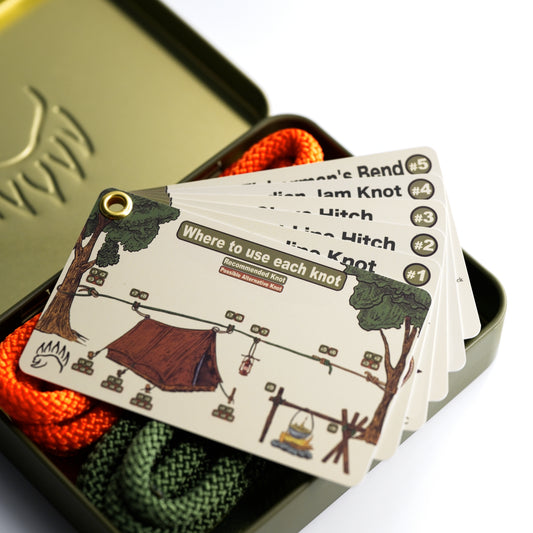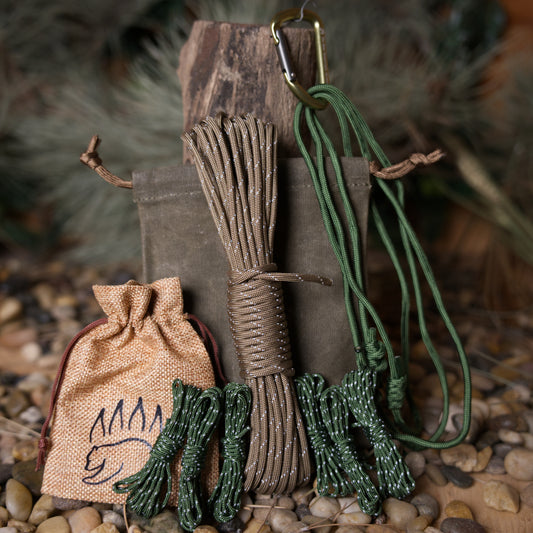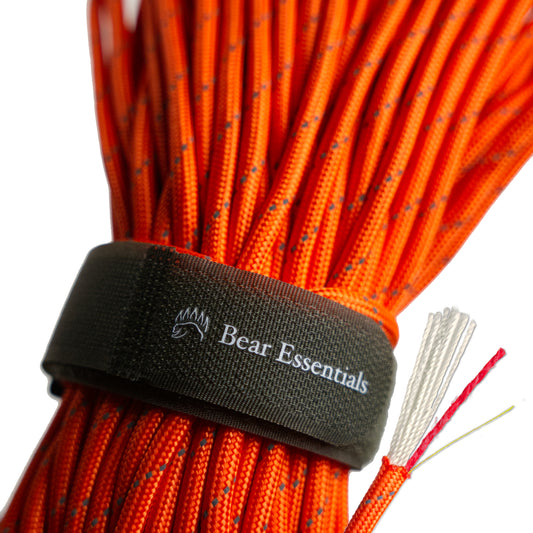How to Tie the Spider Hitch
Usage
The Spider Hitch is a highly effective knot for creating a doubled-line loop, ideal for securing leaders, lures, or lines for heavy fish in saltwater or flyfishing situations. Its speed and strength make it a favorite in the fishing community, although it requires careful tying to prevent slippage.
Why Learn the Spider Hitch?
It’s a fast, strong loop knot, making it a reliable choice for demanding fishing tasks. The Spider Hitch offers a strong, doubled-line loop that’s easy to tie under pressure, making it an essential knot for any angler.
Common Uses
-
Fishing:
- Creates doubled-line loops for attaching leaders or lures.
- Strengthens lines for heavy saltwater species like tuna or marlin.
-
Flyfishing:
- Forms loops for loop-to-loop connections with leaders.
- Secures backing lines for powerful fish runs.
ABOK Number
(Ashley Book of Knots)
Other Names
Category
|
Notable Features
- Strong Loop: Retains high line strength for fighting heavy fish.
- Fast to Tie: Forms quicker than the Bimini Twist, ideal for on-water use.
- Compact Design: Creates a small, efficient loop for leader connections.
- Versatile Applications: Works in saltwater, flyfishing, or trolling setups.
Variations
No true variations are listed in the JSON for the Spider Hitch. For added security, add an extra wrap (up to 8) or tie a small overhand knot such as the double overhand stopper knot or the ashley stopper knot with the tag end to lock the wraps in place.
Similar Knots
Bimini Twist vs. Spider Hitch
- Pros: Stronger, retaining nearly full line strength for extreme loads.
- Cons: More complex and time-consuming to tie than the Spider Hitch.
Perfection Loop vs. Spider Hitch
- Pros: Simpler and faster to tie for quick, single-line loops.
- Cons: Weaker than the Spider Hitch, less suited for heavy fish.
History
The Spider Hitch likely emerged in saltwater fishing communities, where anglers needed a quick, strong loop knot for battling large game fish. While not listed in The Ashley Book of Knots, its widespread use in modern fishing, particularly for doubled-line applications, reflects its practicality. Its adoption in flyfishing for leader and backing connections underscores its value in high-stakes angling scenarios.
Security Level
The Spider Hitch provides high security for fishing, forming a strong, doubled-line loop that holds well under heavy loads when tied correctly. It requires careful wrapping and tightening to prevent slippage, especially with slick or braided lines. Adding an extra wrap or stopper knot ensures reliability for critical fishing tasks.
Downsides
- Moderate complexity: Harder to tie than simpler loops like the Perfection Loop.
- Slick lines: May slip with braided lines unless extra wraps are added.
Structure
- Double the line to form a loop, leaving a tag end of about 12-18 inches.
- Hold the loop and doubled line together, then wrap the tag end around your thumb and the doubled line 5-7 times.
- Pass the tag end through the loop at the base of the wraps, above your thumb.
- Remove your thumb, wet the line, and pull the tag end to tighten the wraps snugly.
- Pull the standing line to close the loop, trim the tag end, and check for security.
Pro Tip: Use your thumb to keep wraps tight and even during tying. Wet the line before tightening to reduce friction and ensure a strong knot.
FAQ
Is the Spider Hitch strong enough for big-game fishing?
Yes, it’s reliable for heavy fish when tied with 5-7 wraps, but test it before use.
What’s the best line for the Spider Hitch?
Monofilament or fluorocarbon lines work best, with braided lines needing extra wraps for grip.
How does the Spider Hitch compare to the Bimini Twist?
The Spider Hitch is faster to tie but slightly weaker, while the Bimini Twist is stronger but more complex.
Can the Spider Hitch be used in freshwater fishing?
Yes, it works for freshwater but is most popular in saltwater for its strength with heavy loads.
Why choose the Spider Hitch over the Perfection Loop?
The Spider Hitch offers greater strength for doubled lines, unlike the simpler but weaker Perfection Loop.
Important Notes on Safety
Common failure points include loose wraps or insufficient tightening, which can cause the knot to slip. Always verify the wraps are snug and test the knot under light load before fishing. Check the line for wear or slickness before tying. Ensure 5-7 wraps for a secure hold. Practice tying in calm conditions first.







